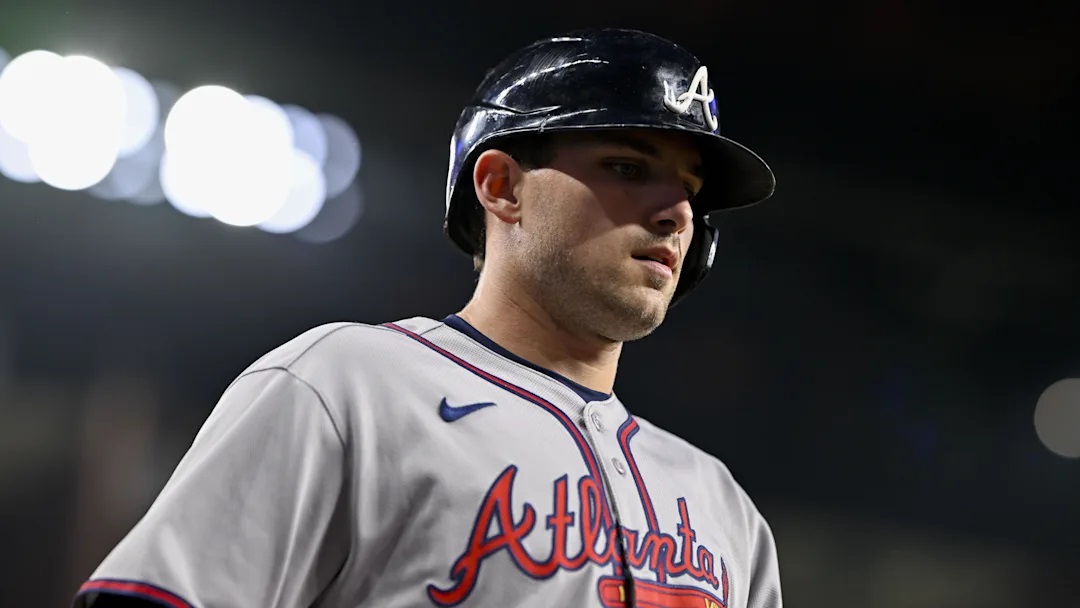The Atlanta Braves have hit a speed bump in their plans to welcome back third baseman **Austin Riley**, as the slugger’s recovery from injury appears to have stalled. After undergoing a workout session on Tuesday, manager **Brian Snitker** revealed that Riley was still feeling discomfort — an unexpected and disappointing update for a team in the middle of a postseason push.
According to Snitker, Riley completed his planned drills, but issues resurfaced during running exercises. The soreness hasn’t fully subsided, which raises doubts about his readiness not just to hit or jog, but to make the high-effort, reactive plays required at third base — particularly the diving attempt that initially triggered his injury.
“He’s still feeling it,” Snitker said on Tuesday. “Especially when running. That’s the part that concerns us the most.”
While the team hasn’t ruled Riley out for the season, it’s clear his timeline is now uncertain. Optimism remains that he’ll return sometime before October, but it’s becoming increasingly likely that the Braves may need to rely on internal depth longer than anticipated.
In 102 games this season, Riley has posted a **.260 batting average**, a **.737 OPS**, **16 home runs**, and **54 RBIs**. Though not his most dominant year statistically, he remains a core bat in the Braves’ lineup — one capable of changing games with his power and plate presence.
**Next Man Up: Nacho Alvarez Jr. Steps In**
With Riley sidelined, the Braves have turned to young infielder **Nacho Alvarez Jr.** to man the hot corner. The results so far have been a mixed bag — flashes of promise balanced by typical rookie growing pains.
Through 84 plate appearances, Alvarez is hitting **.230** with a **.618 OPS**, but his **.321 on-base percentage** is a bright spot. That gap — nearly 100 points above his batting average — suggests that he’s finding ways to contribute despite inconsistencies in his contact.
One major hurdle remains: **strikeouts**. Alvarez has gone down on strikes 24 times already, a strikeout rate hovering around **28%**. That’s a high clip for any player, and especially for a rookie trying to establish himself. Plate discipline and pitch recognition are areas that will need refinement if he hopes to stick in the lineup long-term.
There’s also a silver lining in his **.340 BABIP (batting average on balls in play)**. That figure is well above average and indicates that when Alvarez does put the bat on the ball, the outcome is often productive. The challenge now is increasing the frequency of that contact.
**Braves’ Outlook Moving Forward**
With Riley’s return delayed, the Braves will need to lean more heavily on developing talent like Alvarez — at least in the short term. While he’s not a one-to-one replacement for Riley’s offensive production, Alvarez’s potential is evident, and each game offers valuable experience.
The Braves will continue to monitor Riley’s progress carefully. While there’s no official shutdown timeline, the cautious tone from Snitker suggests the team won’t rush him back — especially with postseason aspirations in play.
In the meantime, Atlanta must navigate a critical stretch of games without one of its cornerstone players. The hope is that Alvarez can rise to the challenge and that Riley’s return — when it comes — will be the final boost the Braves need down the stretch.

